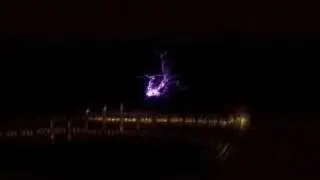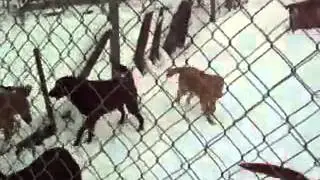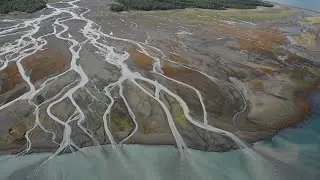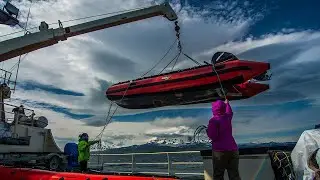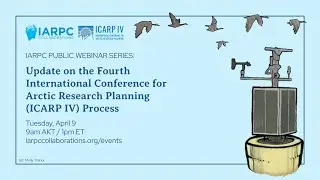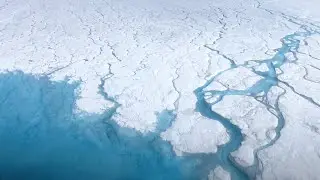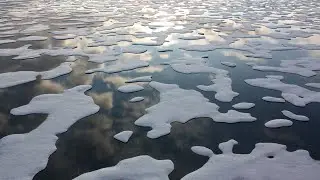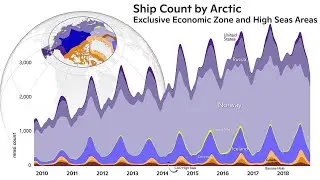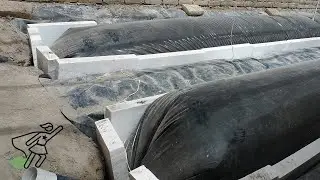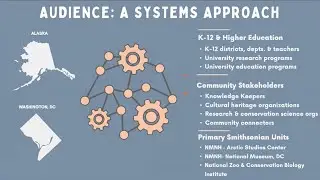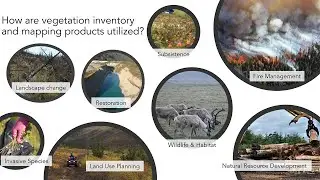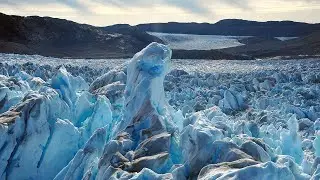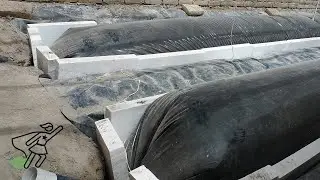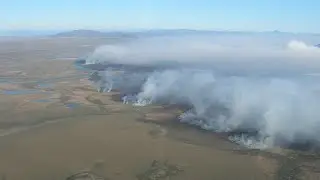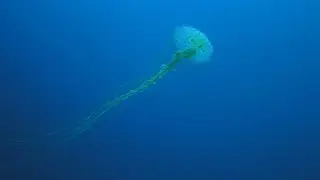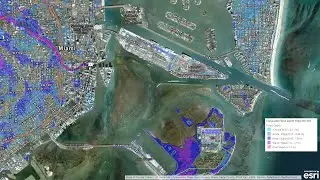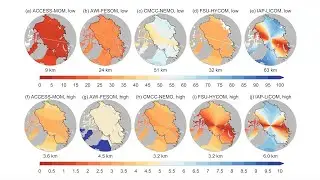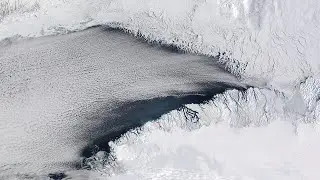Arctic Biases in US Earth System Models Discussion Series: Biases in Arctic Ocean Stratification
The Modelers Community of Practice is organizing a series of sessions focusing on Arctic biases in US Earth system models. The goal of this series is to bring together representatives of the modeling centers and system experts to discuss potential solutions towards reducing tenacious biases in US Earth system models (ESMs). Climate models have biases in the representation of many aspects of the Arctic Earth system (e.g., ocean stratification, clouds). Many of these biases are both persistent from generation to generation (e.g., CMIP5 to CMIP6), and common to many models. An exchange of information, if not a collaborative effort, between the modeling centers might help to improve these biases. One possible outcome of these sessions is that the modeling centers reps are motivated to continue collaborating in small working groups.
We started off this series with a session on biases in Arctic Ocean stratification, in collaboration with the Physical Oceanography Community of Practice
The Arctic Ocean consists of many water masses with different origins and characteristics. The layering of these water masses matters for Arctic and global climate: it controls the ability of ocean heat to impact sea ice and the atmosphere and hence amplify Arctic warming; of freshwater to reach the deep convection sites that are important for the global overturning circulation; and of nutrients to reach the photic zone and stimulate the biological carbon pump. Our ability to confidently project the future of the Arctic Earth system depends on an accurate representation of the Arctic Ocean stratification by ESMs.
Yet, the Arctic Ocean stratification is among the most significant biases in the current generation of ESMs. This suggests that we are lacking either critical understanding of the processes that control the Arctic stratification, and/or the ability to translate our understanding into model fidelity. The goal of this session was to start a conversation between representatives of climate modeling centers and system experts to discuss a path forward towards improving the representation of the Arctic Ocean stratification in US ESMs. We hope to identify the processes that are most critical for setting the stratification in the Arctic Ocean and are not adequately represented in ESMs.
Overview presentations were given by:
Qiang Wang (Alfred Wegener Institute): Arctic Ocean simulations in Ocean Model Intercomparison Project phase 2 (OMIP-2): Impact of model resolution
Marion Alberty (Princeton University): Mixing in the Arctic Ocean: Important processes and parameterizations
Want to join future IARPC Collaborations meetings or webinars? Request an account on our member space where U.S. federal government program managers, scientists, and community members from state, academic, Indigenous, nonprofit, and private sector organizations team up to solve hard problems to carry out the research laid out in the Arctic Research Plan. Visit » https://www.iarpccollaborations.org
Thumbnail image via Qiang Wang




